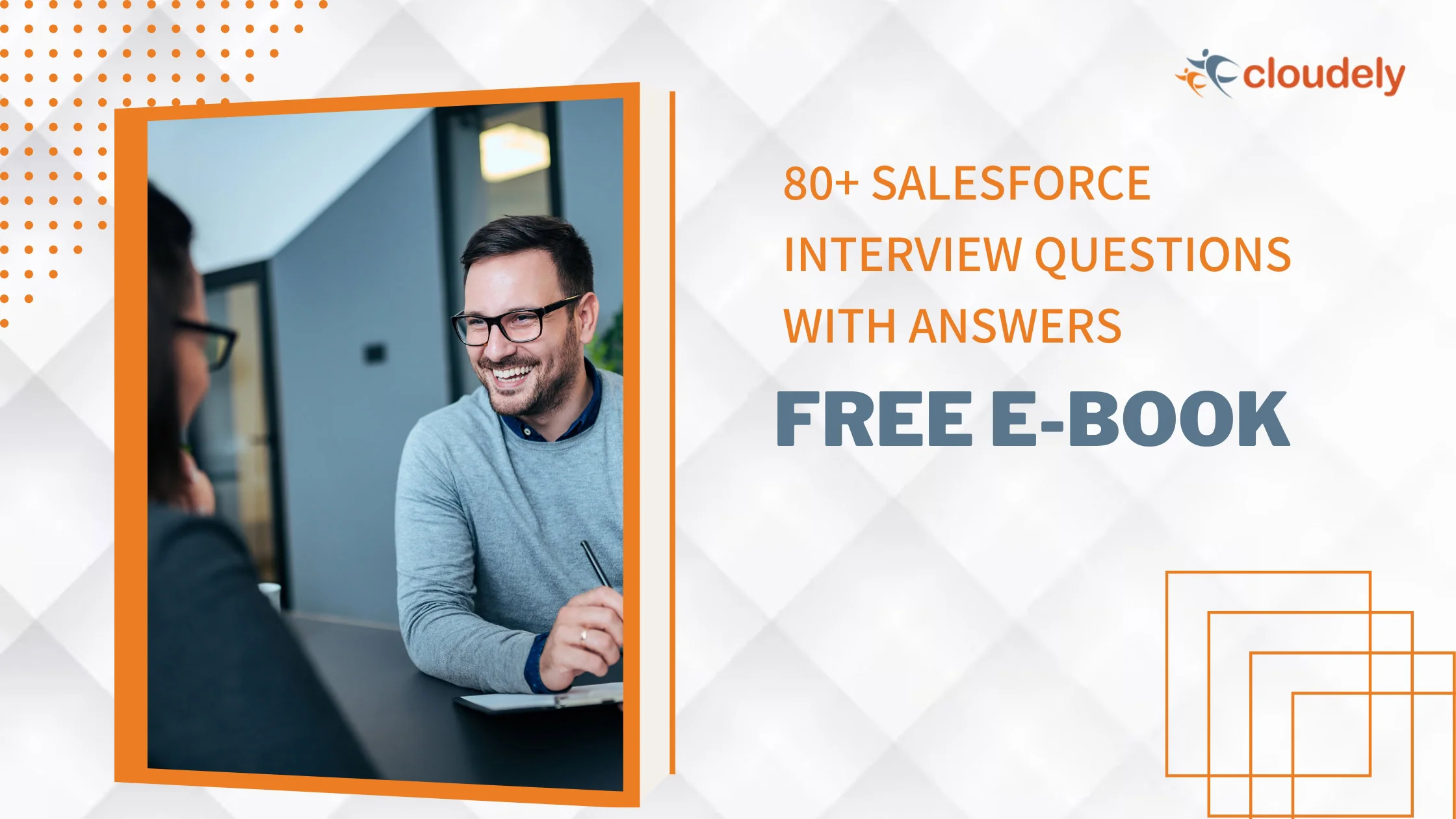
Cloudely is a trusted Salesforce partner with a track record of successful implementations since 2013. We have launched Salesforce Training to help candidates get certified in Salesforce.
Cloudely Salesforce Training Solutions transform learners into competent Salesforce professionals. Our umbrella of training solutions caters to the career aspirations of learners irrespective of their Salesforce expertise.
What’s Inside:
Use this ebook as a part of your Salesforce Interview preparation. Download this pocket guide now.
Kickstart your Salesforce career with our Training Programs.